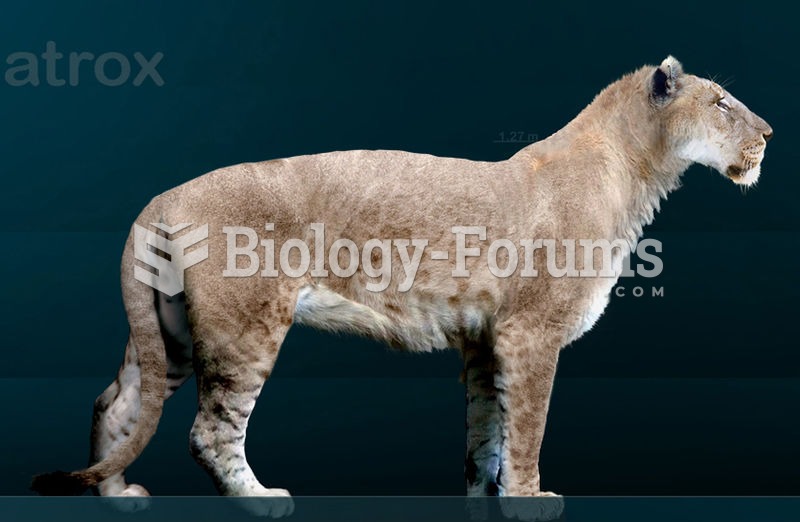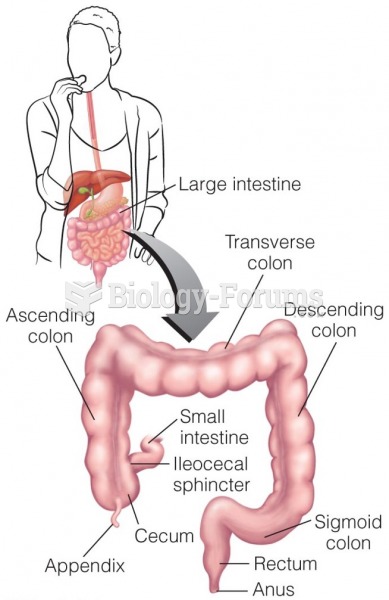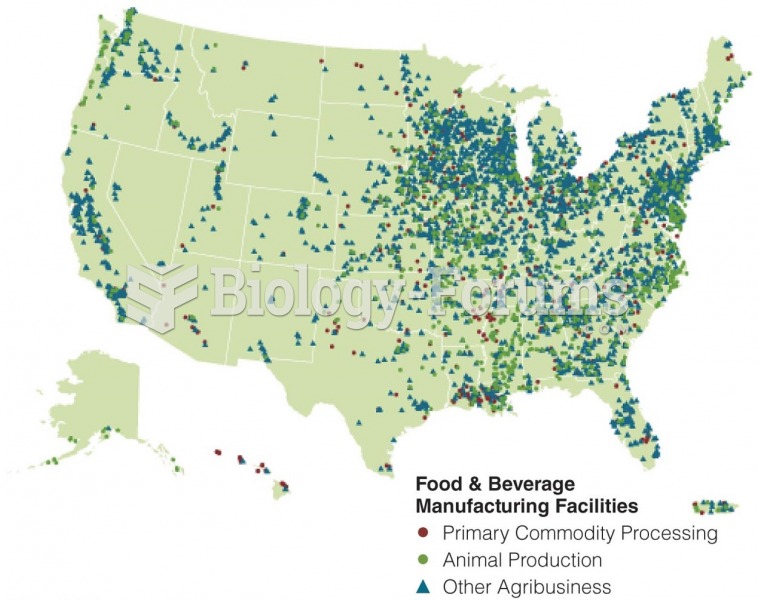Answer to Question 1
Transportation involves the physical movement or flow of raw materials or finished goods and involves the transportation agencies that provide service to the firm.
Storage involves two closely related activities: inventory management and warehousing. A direct relationship exists between transportation and the level of inventory and number of warehouses required. It is important to examine the trade-offs related to the various alternatives in order to optimize the overall logistics system.
Packaging involves the necessary packaging needed to move the product to the market. Logistics managers must analyze the trade-offs between the type of transportation selected and its packaging requirements.
Materials handling is important to efficient warehouse operation and concerns the mechanical equipment for short-distance movement of goods through the warehouse.
Order fulfillment consists of the activities involved with completing customer orders. Order fulfillment concerns the total lead time from when the order is placed to actual delivery in satisfactory condition.
Forecasting involves the prediction of inventory requirement and materials and parts essential to effective inventory control.
Production planning concerns the determination of the number of units necessary to provide market coverage. The integration of production planning into logistics has become increasingly popular in large companies to effectively forecast and control inventory.
Purchasing concerns the availability for production of needed parts, components, and materials in the right quantity, at the right time, at the right place, and at the right cost. Purchasing is included within the logistics area if it more effectively coordinates and lowers costs for the firm.
Customer service plays an important part in logistics by ensuring the customer gets the right product at the right time and place. Logistics decisions about product availability and inventory lead time are critical to customer service.
Site location is concerned with creating the time and place relationships between plants and markets, or between supply points and plants. Site location impacts transportation rates and service, customer service, inventory requirements, and possible other areas.
Answer to Question 2
False







